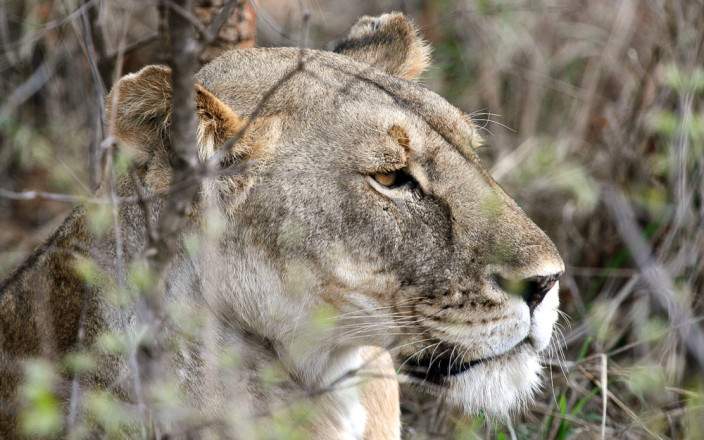The best time to climb Mount Kilimanjaro
The best time to climb Mount Kilimanjaro, the highest peak in Africa, largely depends on weather conditions and personal preferences. Here is some information to consider when planning your climb:
Dry Seasons: The dry seasons are generally regarded as the best times to climb Mount Kilimanjaro due to more favorable weather conditions. These seasons are characterized by less rainfall and clearer skies, providing better visibility and a higher chance of successful summit attempts. The two primary dry seasons are:
-
January to mid-March: This period is considered one of the best times to climb, as the weather is typically dry and stable. The days are usually clear, with less cloud cover, and the temperatures are relatively mild.
-
June to October: This period is also popular for climbing Kilimanjaro, with generally dry and cooler weather. It’s important to note that the months of June and July can be busier due to summer holidays in the Northern Hemisphere.
Shoulder Seasons: The shoulder seasons, which fall between the dry and wet seasons, can also be suitable for climbing Mount Kilimanjaro. These seasons offer a balance between lower visitor numbers and decent weather conditions. The two primary shoulder seasons are:
-
March to May: This period is characterized by the long rainy season. While it is not the ideal time for climbing, some climbers prefer the quieter trails and greener scenery during this time. However, be prepared for wetter conditions and higher chances of rain.
-
November to early December: This period marks the shorter rainy season. Although there is an increased chance of rain, the trails are generally less crowded. It’s important to note that the weather can be unpredictable, and there may be occasional showers.
Factors to Consider: Apart from the seasons, other factors to consider when planning your Kilimanjaro climb include:
-
Temperature and Visibility: It’s generally more comfortable to climb when the temperatures are milder and there is less cloud cover. Clear skies allow for better views and photo opportunities along the way.
-
Crowds: The number of climbers can vary throughout the year, with peak periods being busier. If you prefer a quieter experience, consider choosing months with fewer visitors.
-
Fitness and Preparation: Regardless of the season, it’s essential to be physically prepared for the challenging trek. Adequate training and preparation are crucial for a successful climb.
-
Personal Preference: The best time to climb Mount Kilimanjaro may vary depending on your personal preferences and availability. Consider your travel plans, schedules, and other factors that may influence your decision.
It’s important to note that weather patterns can be unpredictable, and conditions on the mountain can change rapidly. It’s advisable to check with reputable climbing companies and consult with experienced guides who can provide current and accurate information for your specific climbing dates.



